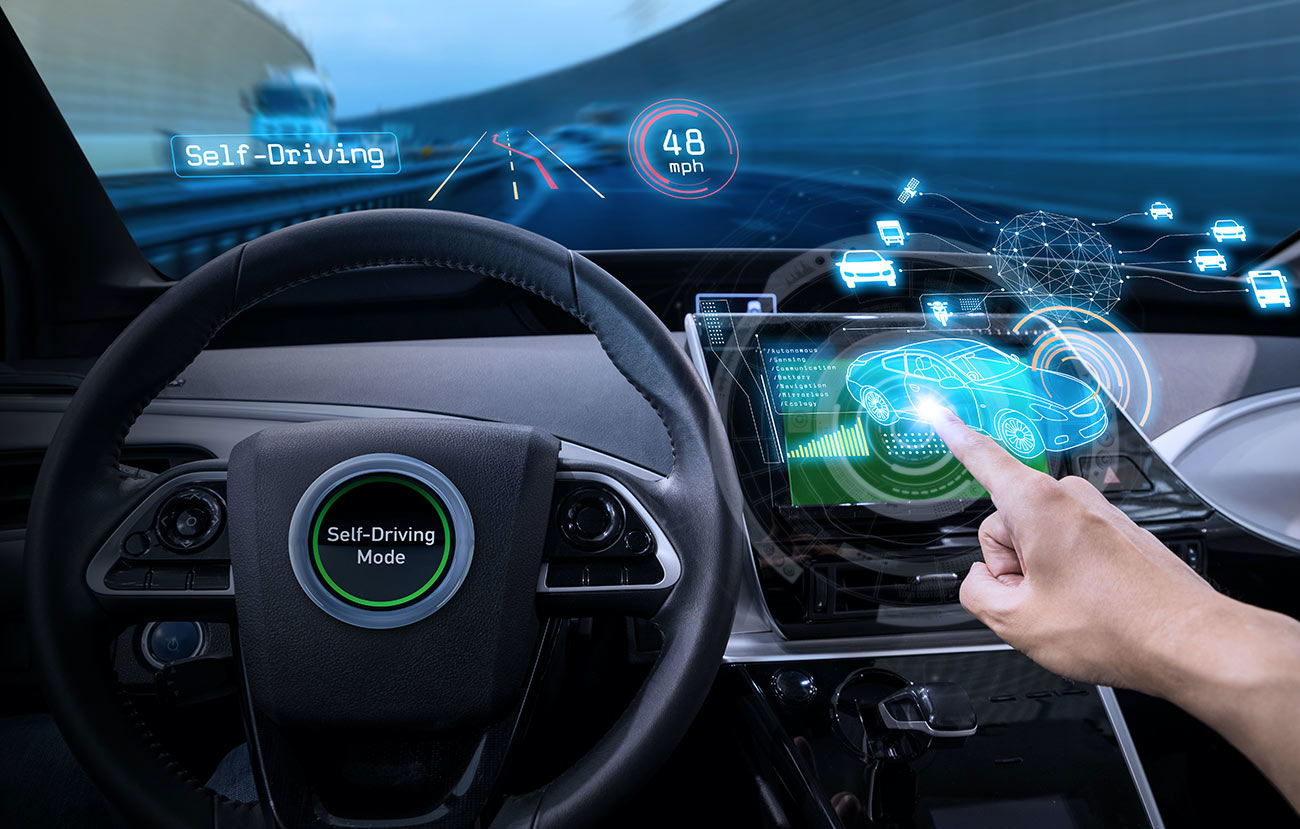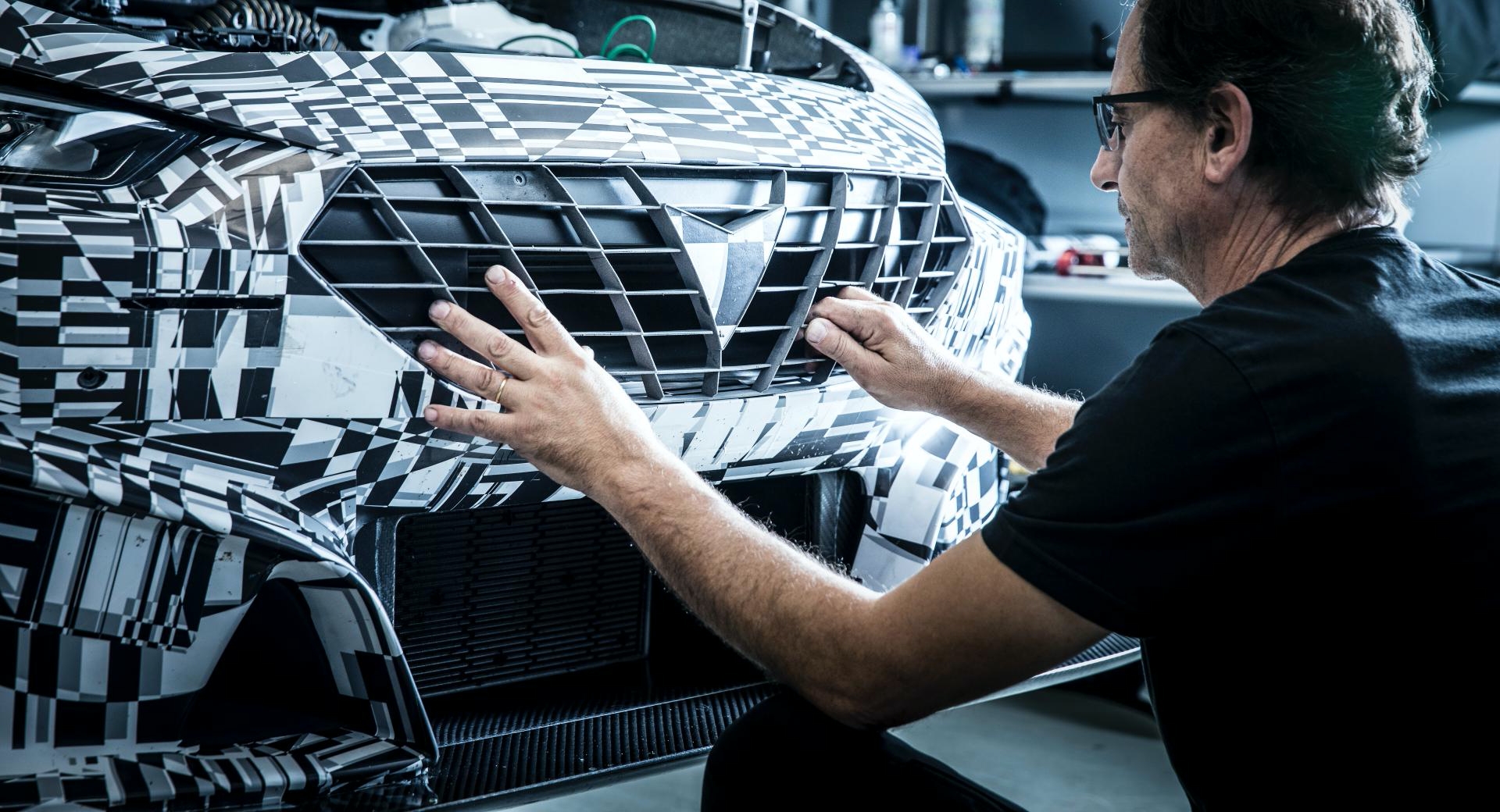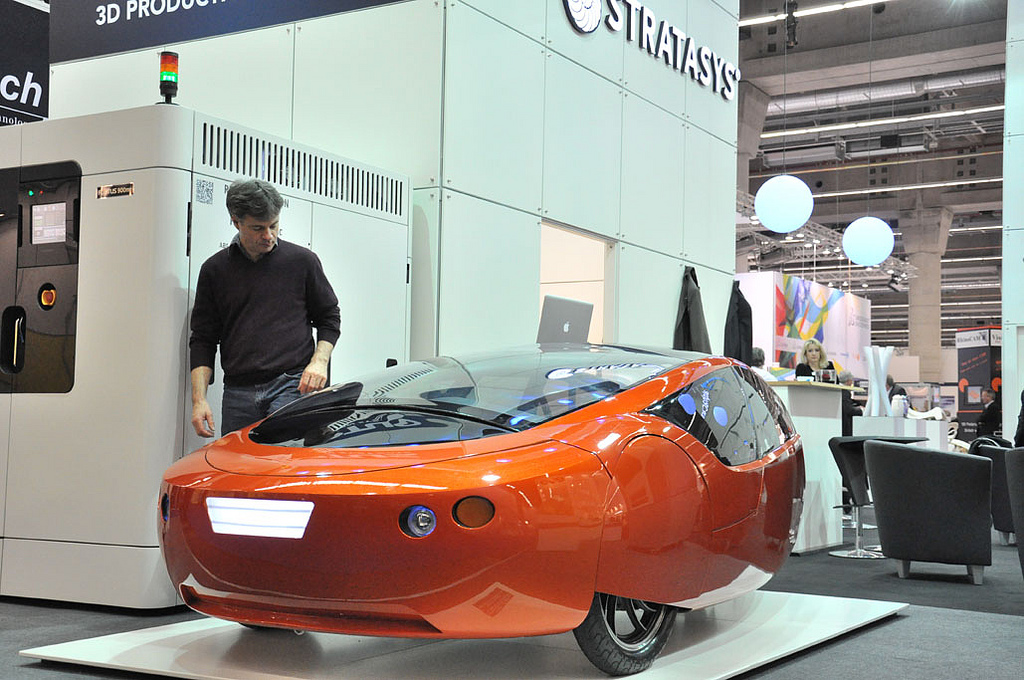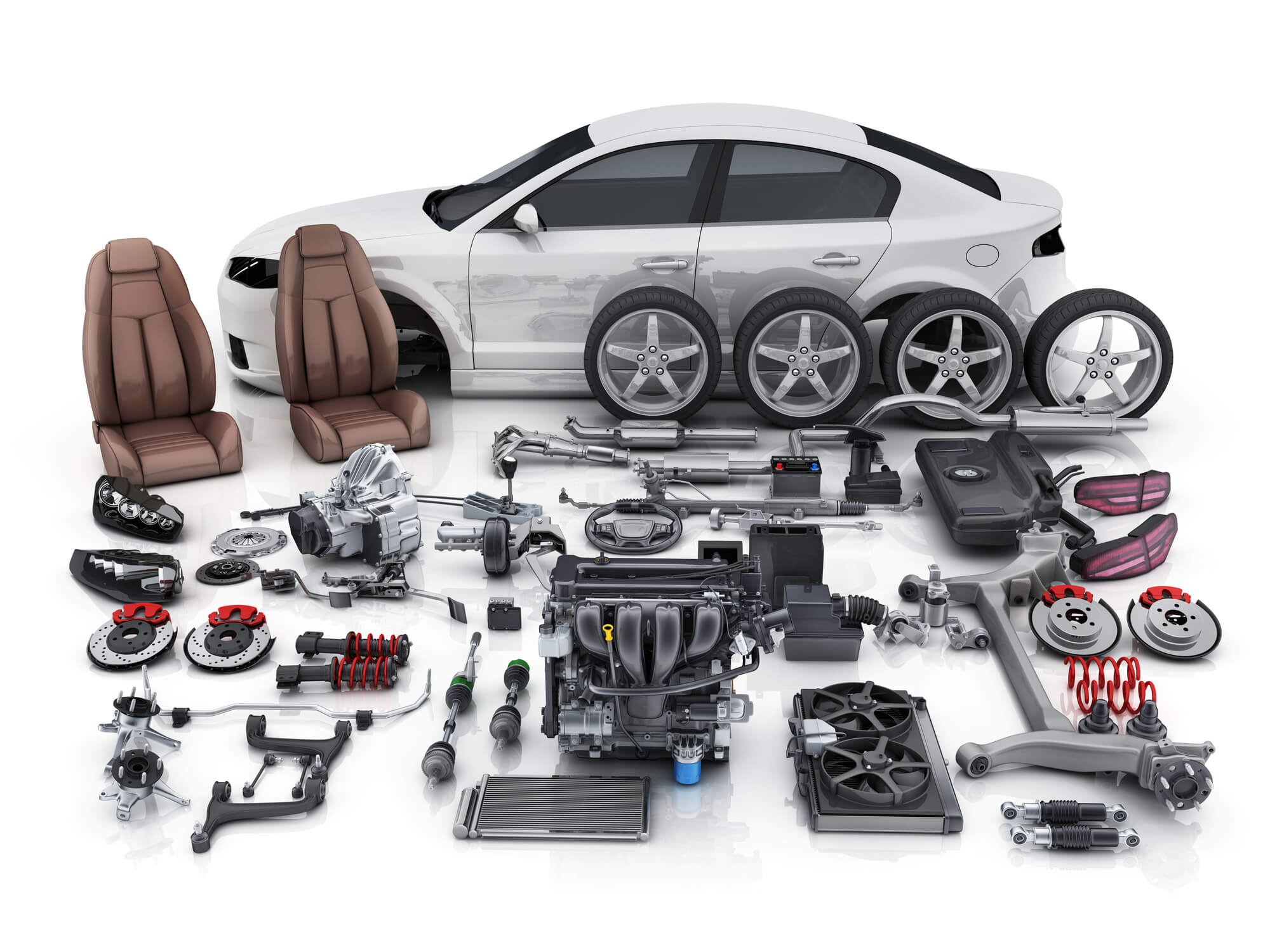Best Automotive Safety Systems 2024

A warm reception to frontiers of automobile defense. This article investigates the gradual increment in car safety and the adoption of new technologies. The auto industry is now moving towards safer roads by integrating AI into collision mitigation and employing cutting-edge crash avoidance mechanisms. Safety features are becoming more complex. As they deal with multiple events simultaneously, causing a significant event mesh of developments designed to improve road security and redefine the driving experience. Best Automotive Safety Systems 2024
Evolution of Crash Avoidance Safety Systems Technologies

Crash avoidance technologies have come a long way, changing how vehicles can detect and respond to potential collisions. Initially, easy systems like ABS (anti-lock braking system) as well as traction control laid the grounds for more sophisticated ones. Furthermore, lane departure warning (LDW), and forward collision warning (FCW) were developed in cars. Hence leading them to notify drivers about any likely risks ahead. Besides, through the incorporation of radar sensors together with camera sensors lidar. It enabled it to stop itself for the car’s emergency. Best Automotive Safety Systems 2024
They endlessly change including learning algorithms that are used during executions to considerably decrease accidents on roads within their scope of risk exposure. As automotive safety systems continue improving, the emphasis lies on building proactive measures meant to reduce cases of crashes thereby saving lives.
Impact of Advanced Driver Assistance Systems (ADAS)
Advanced Driver Assistance Systems (ADAS) are transforming vehicle design and driver behavior concerning automobile safety issues. These are diverse solutions that help drivers stay safe while driving vehicles through the local streets or highways. For instance, some ADAS components include Adaptive Cruise Control, Lane Keep Assist System (LKAS), Automatic Emergency Braking (AEB), and Blind Spot Detection(BSD).
The combination of sensors and cameras incorporated with radars can be relied upon by ADAS for alerts. It related to hazardous situations or even correctional action when necessary to avoid accidents from happening.
The effects are numerous for the Advance Drivers Assist System. One of them is that they provide an extra level of safety in situations with a potential for human error which may cause accidents. What’s more, they assist in reducing car crashes, injuries and fatalities. Studies have shown that cars using ADAS are less prone to accidents than those without it. Additionally, there are SEMIAVs and AV vehicles through ADAS technologies thereby indicating a future. Where road safety will be dictated by human errors to the minimum.
Enhancements in Passive Safety Features

A crash will need to be taken into account. Its passive safety features should be implemented to reduce the severity of accidents and protect the occupants. They are meant to absorb and distribute energy. It produced in a collision to minimize injuries. Seatbelts, crumple zones, and airbags which are part of traditional passive safety measures have been present in car design for many years.
Engineering and materials advancement has led to massive improvements in passive safety systems. Modern airbag systems also incorporate multiple bags. They are strategically placed all over the car to give greater protection than before. Moreover, pretensions and load limiters are among the modifications. That make seat belts better at holding people during crashes. Manufacturers now utilize high-strength steel and composite materials. It make passenger compartments more rigid. A significant margin during collisions reducing injury rates.
The combination of active safety systems like ADAS with passive safety features provides a complete protective shield where minimal accidents occur. While sometimes when they happen they do not affect vehicle drivers. While there is a constant evolution of automotive safety technology, efforts towards enhancing passive safety features remain central. They aim at minimizing the effects of accidents on individuals involved.
Conclusion,
It means a major step towards making road travel safe when it comes to automotive security since this revolutionizes road traveling. Such improvements ensure changes in road safety from merely integrating AI-based collision avoidance with the potential transformation provided by internet-enabled vehicle technologies. This increasing regulation, cooperation plus emerging technologies offer an opportunity for safer roads as well as better driving experiences that gradually eliminate accidents from our lives.











